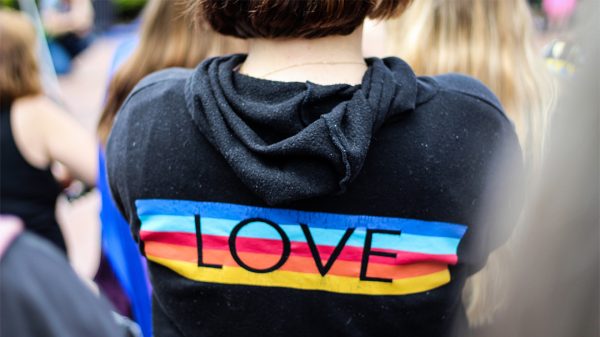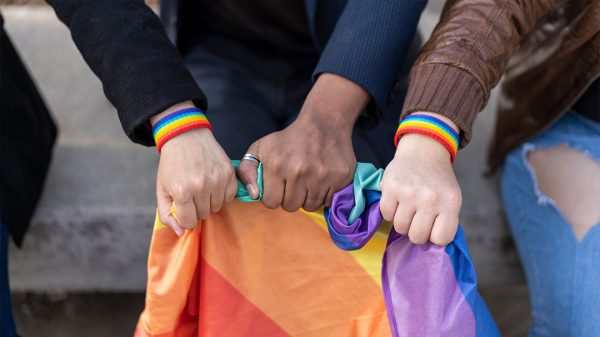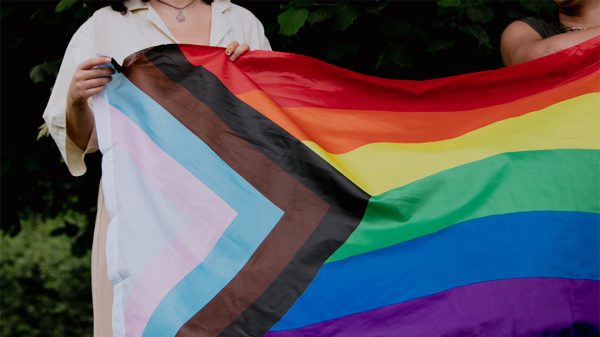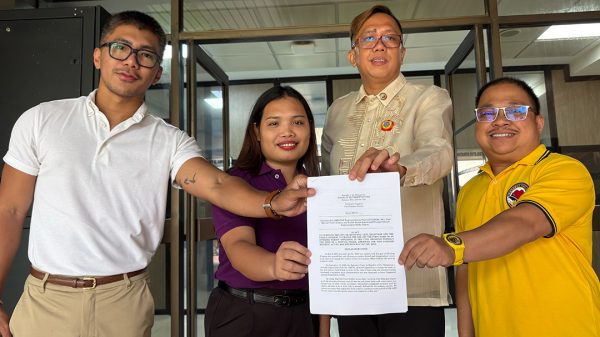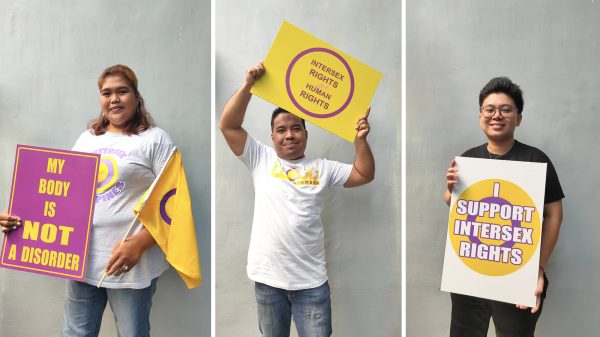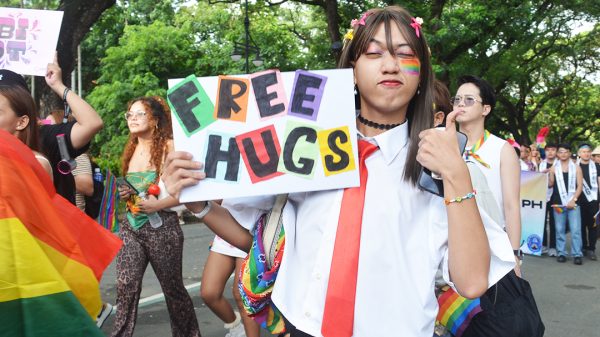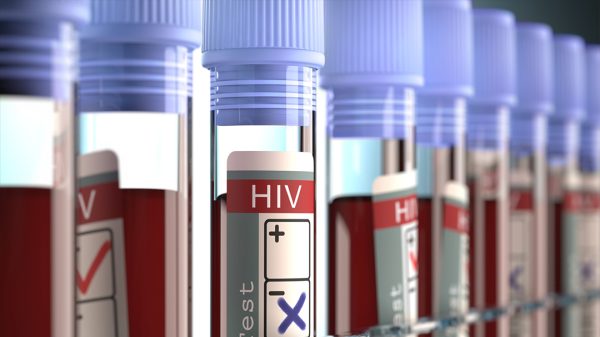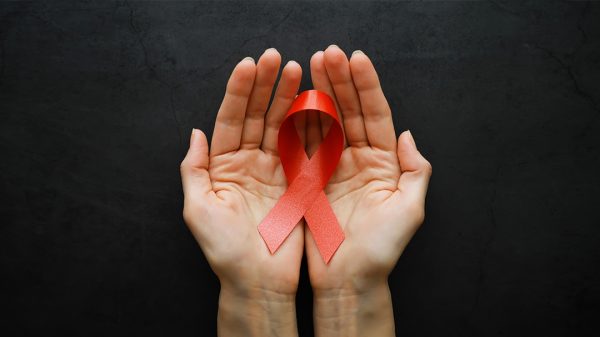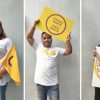Showing students audiovisual narratives that simulate homophobic bullying scenarios in schools can capture their attention and generate reflection on social prejudices, promoting respect and inclusion.
This is according to a study – “Taxonomy of Strategies for Coping with School Homophobic Bullying” by Emerson Vicente-Cruz, Omar Saldaña, Guillermo Valverde, and Leonardo Lemos de Souza – that was published in the Journal of School Violence.
According to data from the United Nations Educational, Scientific and Cultural Organization (UNESCO), up to 85% of LGBTQIA+ students experience homophobic bullying in certain countries. The practice compromises physical, psychological, emotional, and psychosocial health, and it also affects students who are wrongly perceived as LGBTQIA+.
To better understand these dynamics and their possible solutions, the study was conducted in three different stages. First, 178 individual interviews and 45 focus groups were held with adolescents, in which participants were exposed to audiovisual narratives – short videos created specifically to simulate homophobic bullying scenarios – and their reactions were captured and discussed. This generated a dialogue about experiences and different ways of resolving conflicts. This analysis produced a detailed classification of the coping strategies employed in school bullying situations.
In the second stage, a panel of 25 international experts, made up of academics and professionals from around the world, reviewed and validated this classification, reaching a consensus on an operational definition for each strategy. The third stage is still ongoing and includes individual and group interviews with 38 homophobic bullying survivors from different countries, to incorporate their voices and experiences and refine the proposed classification.
“The idea was to understand the phenomenon not only from a scientific point of view, but also taking into account the knowledge of the young people themselves, in order to obtain more comprehensive and richer results,” said Vicente-Cruz, first author of the research.
Strategies to use
Three groups of strategies used by young people in situations of homophobic bullying were identified from these sessions: avoidance and self-destructive behaviors, which include self-harm and social isolation in response to violence; survival of the homophobic structure, which can involve denying one’s identity; and social support and promotion of egalitarian practices, in which young people seek help, solidarity, and actions that favor inclusion.
“It’s crucial to understand that many young people feel that their safety is at stake, and this leads them to adopt behaviors that may seem contradictory in some cases,” said Vicente-Cruz.
Paths to inclusion
“In a scenario of growing intolerance, the study identifies in an unprecedented way the strategies that young people use in their interactions and proposes recommendations for schools and educational institutions, such as creating intervention programs that directly address prejudice and the training of teachers and managers to identify the nuances of homophobic bullying,” said Vicente-Cruz. “This reaffirms the importance of education in shaping school environments that welcome and include diversity.”
According to the researcher, creating educational policies and implementing programs based on these results with the active commitment of educators can increase inclusion and respect among students. This can transform school institutions into places where all identities are valued, contributing to a more united community and a more just and equal society.


